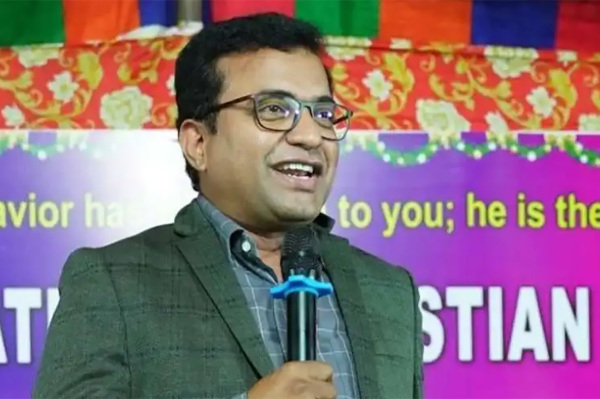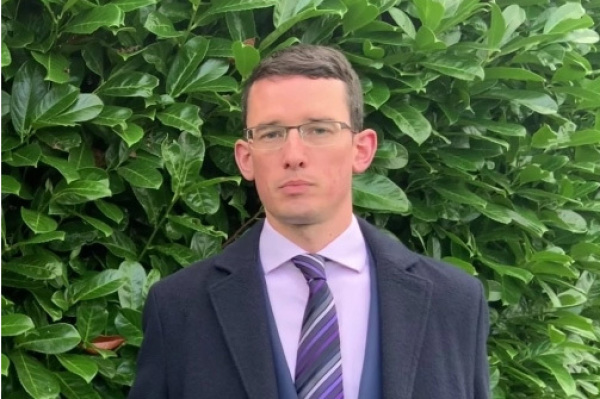Pope Develops High Fever from Infection, Remains at Vatican
Pope John Paul II developed a high fever Thursday because of a urinary tract infection and was being treated with antibiotics at the Vatican, according to a spokesman. The latest health complication came just one day after the 84-year-old pontiff began receiving nutrition through a feeding tube.
“The Holy Father today was struck by a high fever caused by a confirmed infection of the urinary tract,” said spokesman Joaquin Navarro-Valls to the Associated Press on Thursday.
Navarro-Valls added that the “medical situation is being strictly controlled by the Vatican medical team that is taking care of him.”
There were also reports that the pope received the sacrament of the anointing of the sick – also known as the “last rites”.
Contrary to popular thought, the sacrament of the last rites does not signal imminent death – although it is often performed on patients who are at the point of death. The sacrament is gien to those who are very sick and may be repeated, as was the case for the pontiff.
“To the best of my knowledge, [the Pope] received the sacrament several times before,” explained William Ryan, spokesperson for the Catholic Bishops Council via phone on Thursday. “He’s received the rites after the 1981 assassination attempt and at other times as well. He recovered – maybe partly due to the sacrament itself.”
According to Ryan, the last rites may not signal death but is still serious.
“It doesn’t necessarily mean the patient is going to die and some people get well,” explained Ryan. “But nevertheless it’s a pretty serious matter.
Vatican officials could not be reached for comment to verify whether John Paul received the sacrament. Ryan said he was unsure, but believed the reports to be true.
John Paul, who suffers from Parkinson’s disease among other health complications, has been hospitalized twice in the last month following two breathing crises and a feeding tube placed in his throat to help him breath.
According to the Associated Press, when the pontiff appeared at his apartment window Wednesday to bless pilgrims at St. Peter’s Square, he managed “to utter only a rasp”.
Hundreds of pilgrims gathered at the Square later that day to pray for the pope, and the atmosphere is still tense for Catholic adherents. A few visitors to the Square kneeled down on the cobblestones to pray, others wrapped blankets around themselves as they prepared to keep vigil throughout the night, AP reported.
"There's nothing we can do but pray. We're all upset," said Agriculture Minister Giovanni Alemanno, who was in the crowd.
Ryan explained that the atmosphere in the U.S. was also strained.
“I would say people are tense, they are on pins and needles,” said Ryan. “Although this is not the firs time, this is a little nerve wrecking.”
According to Ryan, there is no successor established to carry on the Pope’s responsibility should he fall into a coma or fail to recover.
“The international cardinals come together and gather in a conclave after the Pope dies, and they elect a successor from among them,” explained Ryan. “But there is not interim person who takes on that responsibility.”
While there are no confirmed reports on the Pope’s condition, the Italian news agency Apcom wrote that John Paul’s condition was “stable” early Friday, several hours after he started receiving antibiotics. Another Italian news agency, ANSA, said the pope "seems to showing a first positive reaction" to antibiotic therapy.
The pope was being treated at the Vatican, and a spokesman from the hospital where he was previously treated said there were no immediate plans to readmit him.






















